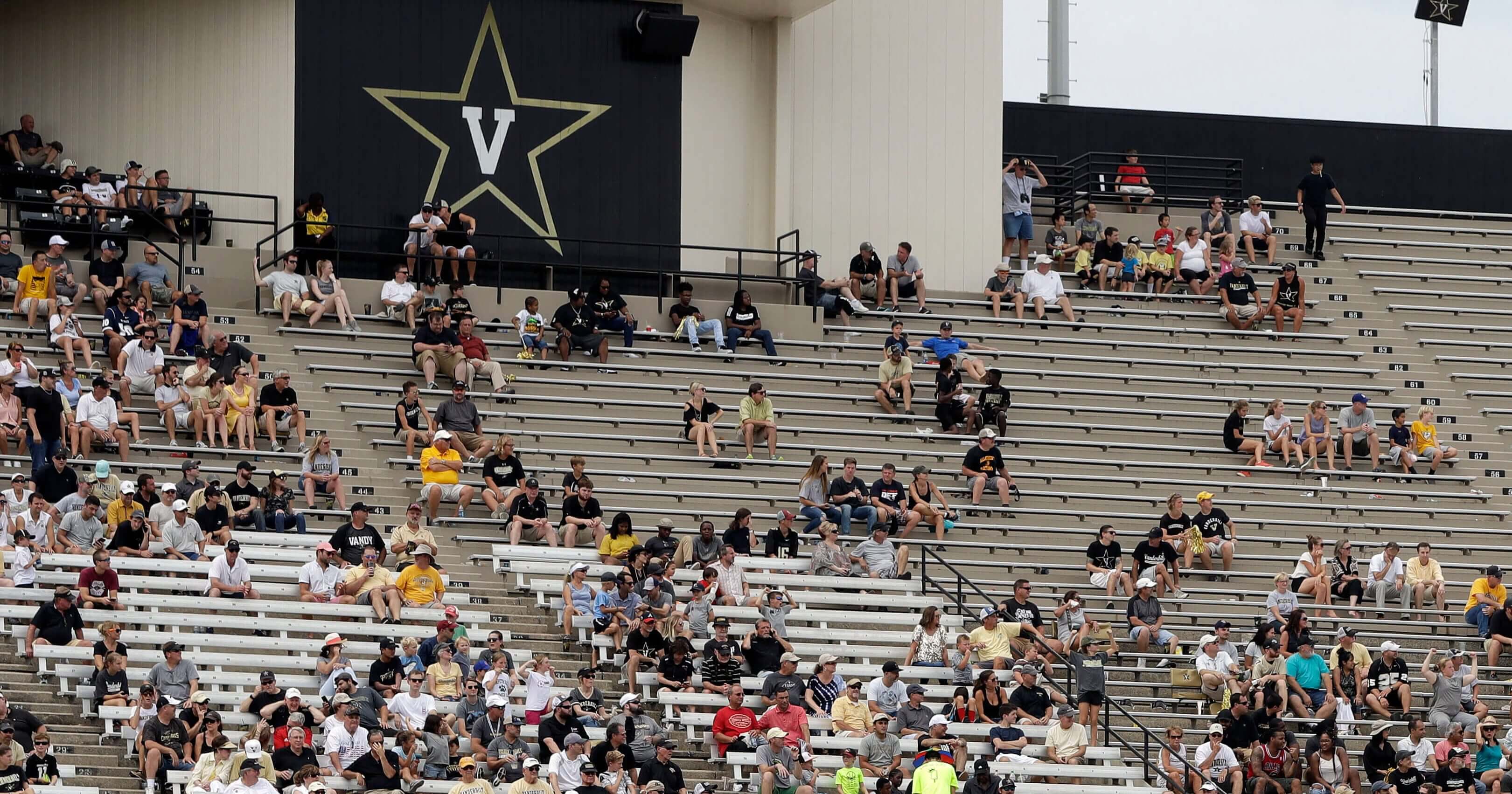
Hurricane Florence Sparks Talk of Extending College Football Season
With an eye toward player safety and scheduling flexibility, the NCAA last year considered ways to lengthen the college football season so every team would have 14 weeks to play 12 games every year.
It didn’t come to pass.
The topic popped up again this week as Hurricane Florence prompted the cancellation, postponement or relocation of more than a dozen games, just two weeks after two other games were called off because of lightning in the Midwest.
A longer season with more open dates would increase the chances of rescheduling games impacted by weather.
But issues that kept coaches from supporting a permanent 14-week season — mainly, having to start preseason camp in July — are still a factor, and unpredictable weather is not likely a big enough headache to change things.
“Every year this is going to happen a couple times,” said Jon Nese, a meteorologist for Penn State and a former storm analyst for The Weather Channel. “It doesn’t leap off the page to me as something that is a primary discussion item.”
This season, for the first time, each Football Bowl Subdivision conference will play a conference championship game on the first Saturday in December.
With that in mind, the NCAA oversight committee in 2017 did a deep dive on what it would take to allow teams to have two open dates every season.
“Aspirationally, what we wanted to do was build in some recovery time for the players during the course of the season and try and do it in a way that was equitable,” said Big 12 Commissioner Bob Bowlsby, the former chairman of the oversight committee. “In the end, the 14-week season with the two byes just wasn’t going to work from a practical standpoint so we moved away from it.”
The problem: There was no good way to compress preseason practice into August. When the NCAA eliminated two-a-day practices, a longtime staple of preseason football, it also cut down the number of total practices allowed from 29 to 25. That way teams could continue to start practice in early August and give players the required amount of time off.
To play games the week before Labor Day weekend and still work in 25 practices, teams would have to start practicing in July. Bowlsby said some 14-week schedule scenarios had teams opening practice as early as July 20, even before some players would be done with courses they often take to lighten the academic load during the season.
“For some universities it was actually before their summer school classes were over,” Bowlsby said.
Todd Berry, the executive director of the American Football Coaches Association, said coaches were concerned about preseason practices bumping into media day obligations in July as well as camps for high school players that are typically held the last week of the month. And while the intent behind a 14-week season was to create more open dates, it also opened the possibility of adding another regular-season game down the road.
“Our coaches were stressed out about that,” Berry said.
A solution could be further decreasing the number of preseason practices to about 20.
“Our group went to 25 and felt like that was the minimal amount,” Berry said. “Just getting people’s bodies ready to make safe tackles and safe blocks takes some time.”
Creating space to reschedule games that might get postponed by potentially dangerous weather, a task that is near impossible now, never came up in the 14-week season discussion, Bowlsby said.
Last year, hurricanes Harvey and Irma caused cancellations and rescheduling in college football. Hurricane Matthew disrupted the 2016 season. But meteorologists caution about seeing this spate of storms as a trend.
“You’d have to take a look at a really large range of time to really start to pick up on any patterns or correlations,” said Lara Pagano, a meteorologist with the Weather Prediction Center of the National Weather Service. “So at this point we really can’t say one way or another, but I’m sure a lot of researchers and climatologists will be taking a look at that over the years to come.”
The Western Journal has reviewed this Associated Press story and may have altered it prior to publication to ensure that it meets our editorial standards.
Truth and Accuracy
We are committed to truth and accuracy in all of our journalism. Read our editorial standards.
Advertise with The Western Journal and reach millions of highly engaged readers, while supporting our work. Advertise Today.











